Tyrosine Kinase
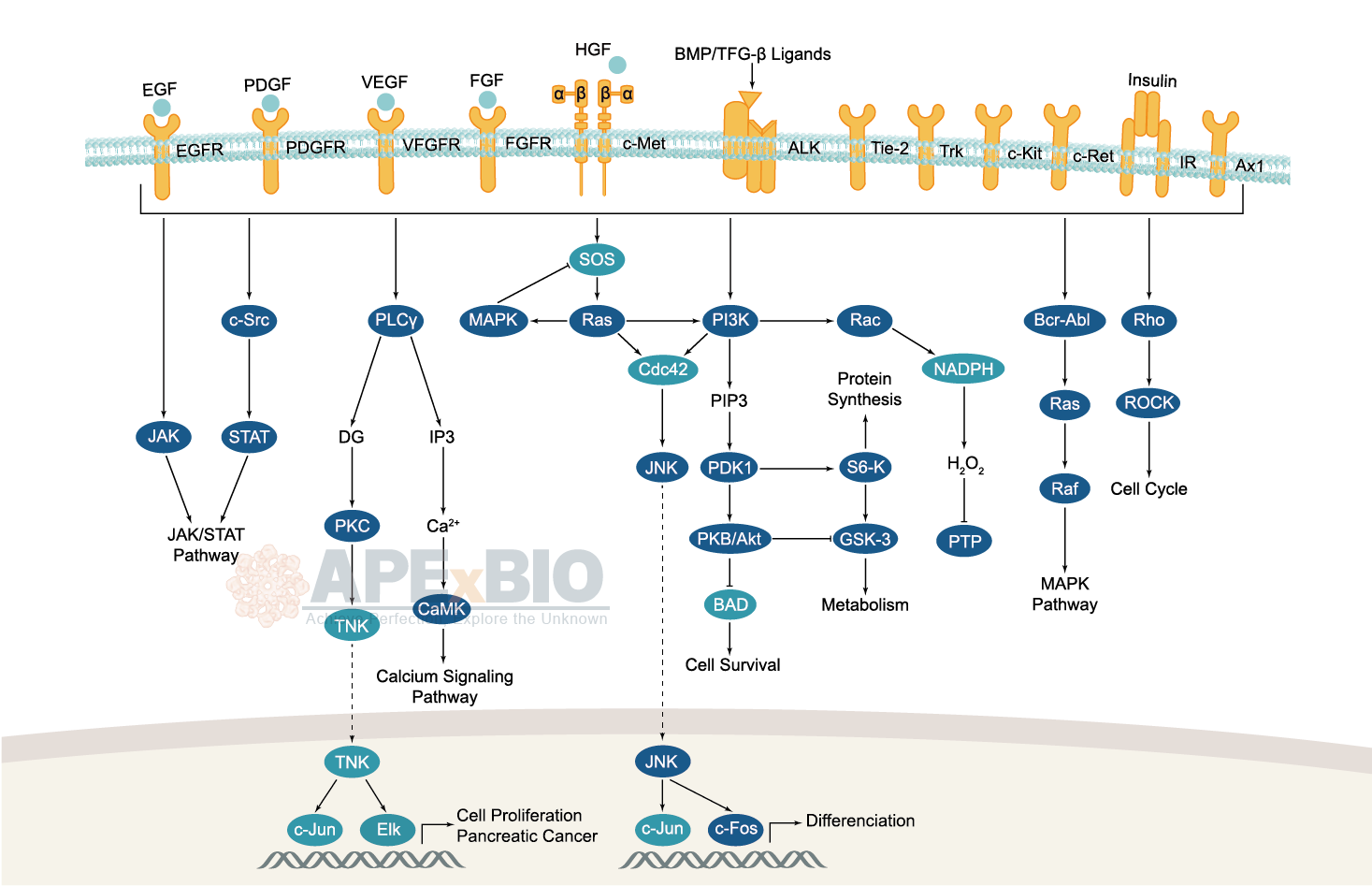
Receptor tyrosine kinases bind to extracellular ligands/growth factors, which promotes receptor dimerization and autophosphorylation of receptor tyrosine residues. This triggers a cascade of downstream events through phosphorylation of intracellular proteins that ultimately transduce the extracellular signal to the nucleus, causing changes in gene expression. Receptor tyrosine kinases include EGFR/ErbB, PDGFR, VEGFR, FGFR and MET subfamilies etc. Dysfunctions in tyrosine phosphorylation are linked to oncogenic transformation. In additions, various adaptor and effector proteins couple to carboxy-terminal of an active kinase. For instance, binding of the GRB2 adaptor protein activates EGFR and MAPK/ERK signaling.
Non-receptor tyrosine kinases involve many well-defined proteins (e.g. the Src family kinases, c-Abl, and Jak kinases) and other kinases which regulates cell growth and differentiation. For example, Src family kinases are curial for activating and inhibitory pathways in the innate immune response.
-
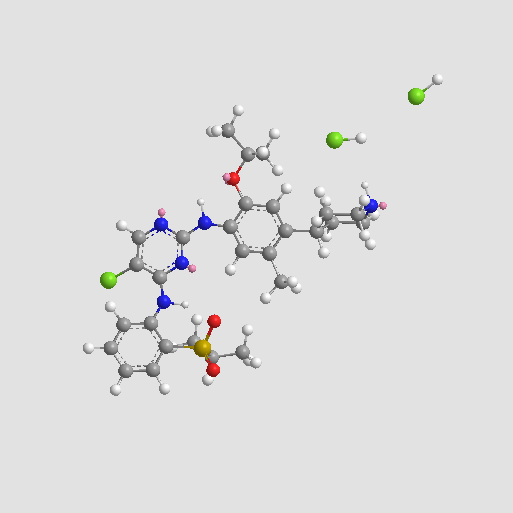 A3544 LDK378 dihydrochlorideSummary: ALK inhibitor
A3544 LDK378 dihydrochlorideSummary: ALK inhibitor -
 A3660 Nilotinib monohydrochloride monohydrateSummary: Bcr-Abl inhibitor
A3660 Nilotinib monohydrochloride monohydrateSummary: Bcr-Abl inhibitor -
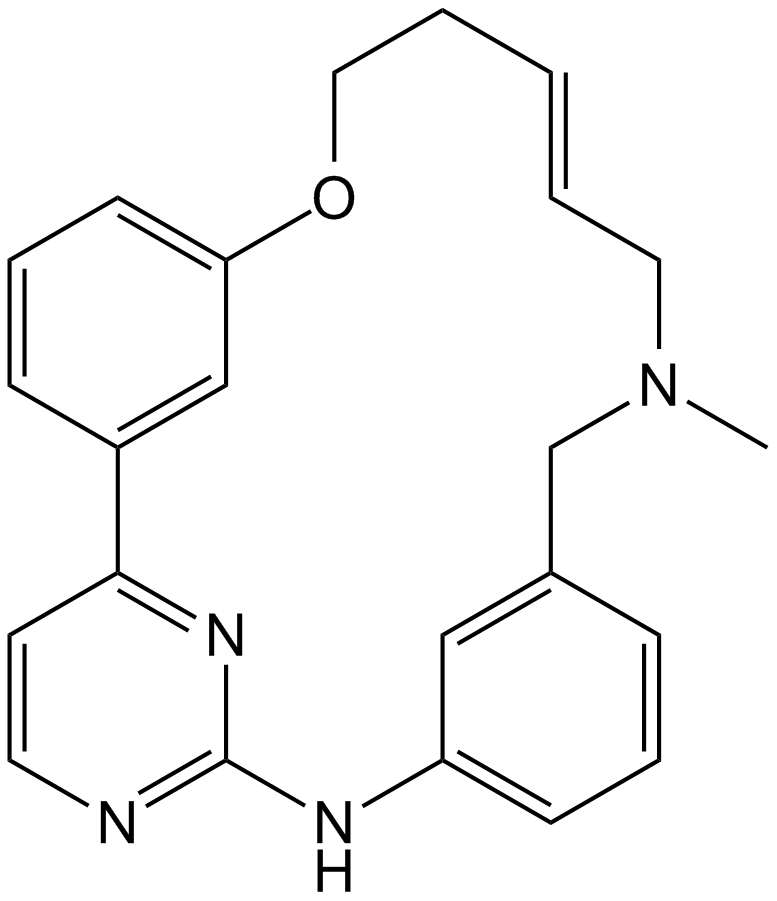 A3794 SB1317Summary: CDK,JAK and FLT inhibitor
A3794 SB1317Summary: CDK,JAK and FLT inhibitor -
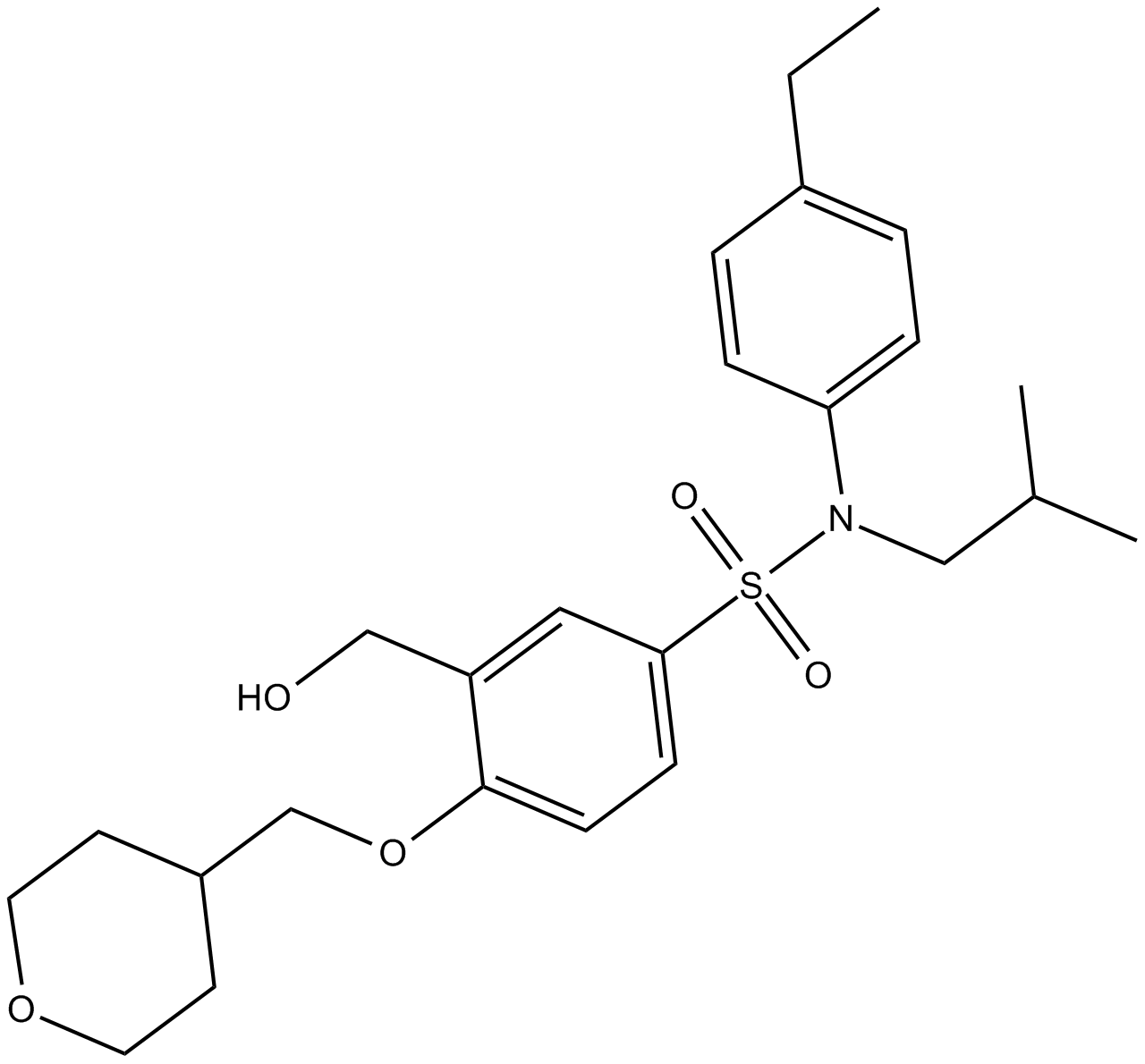 C3707 GSK2981278Summary: RORγ-selective inverse agonist
C3707 GSK2981278Summary: RORγ-selective inverse agonist -
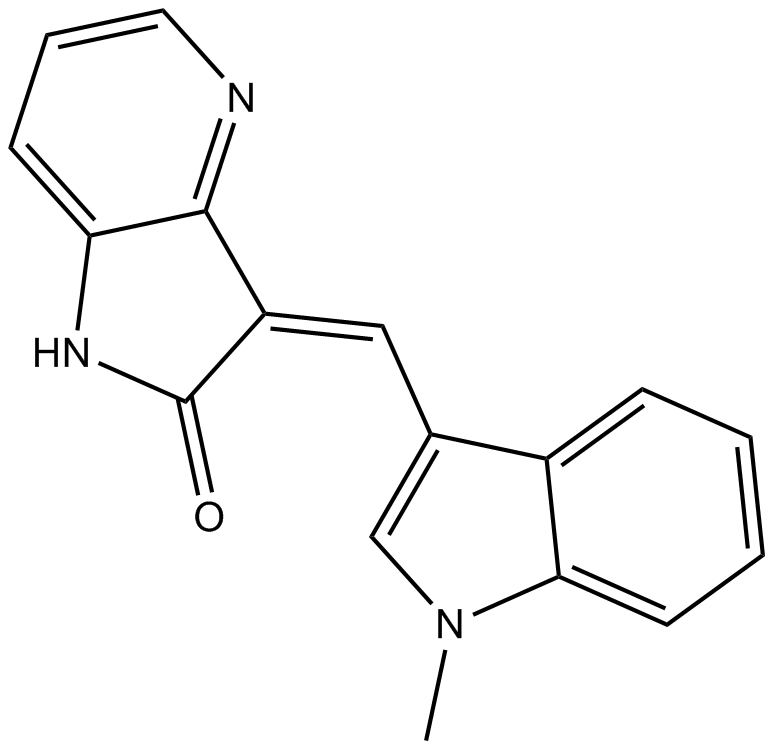 B2297 GW4417561 CitationTarget: Trk ReceptorsSummary: TrkA inhibitor,potent and selective
B2297 GW4417561 CitationTarget: Trk ReceptorsSummary: TrkA inhibitor,potent and selective -
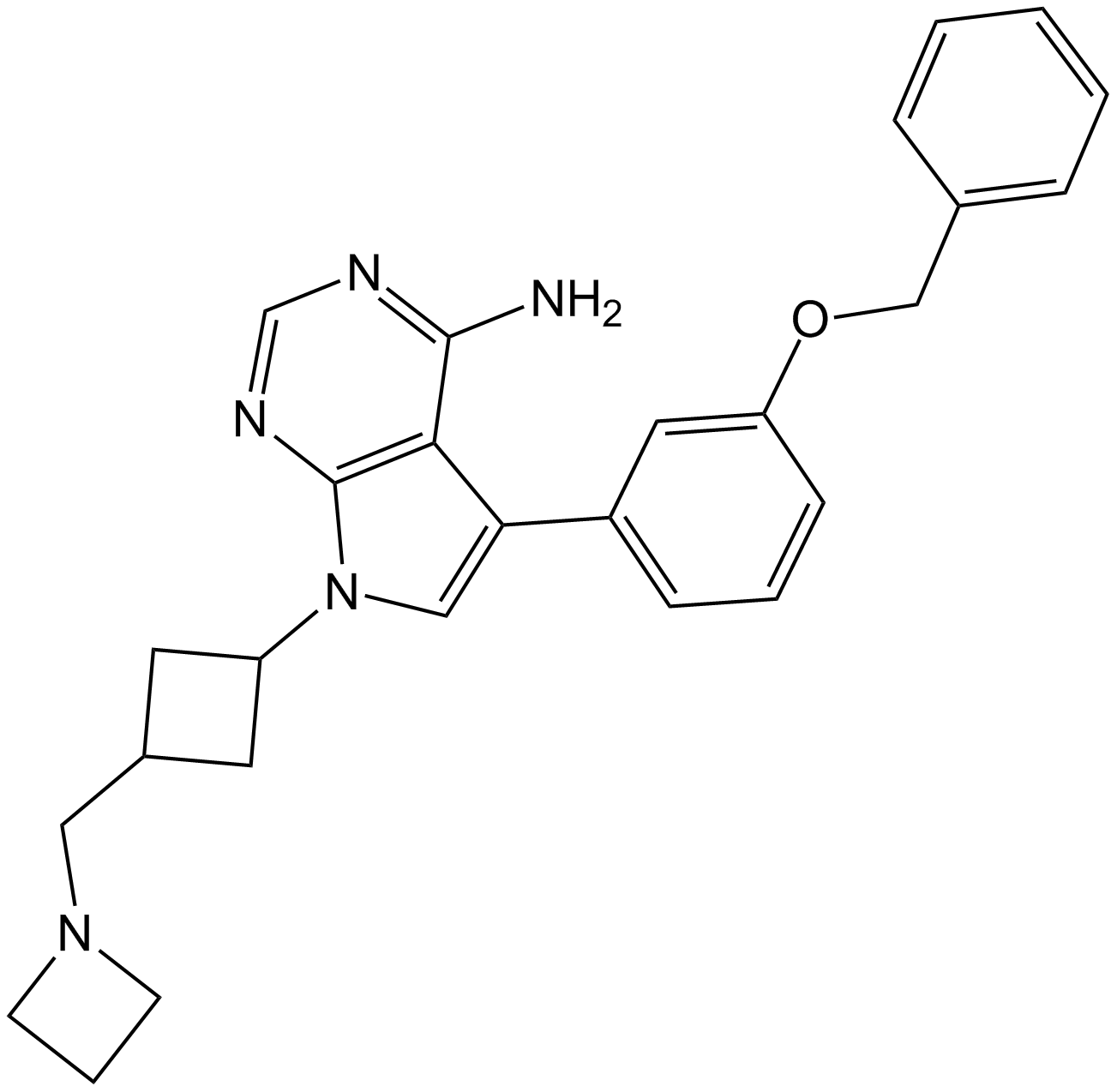 A2278 NVP-AEW541Target: Insulin ReceptorSummary: IGF-IR inhibitor, novel, potent and selective
A2278 NVP-AEW541Target: Insulin ReceptorSummary: IGF-IR inhibitor, novel, potent and selective -
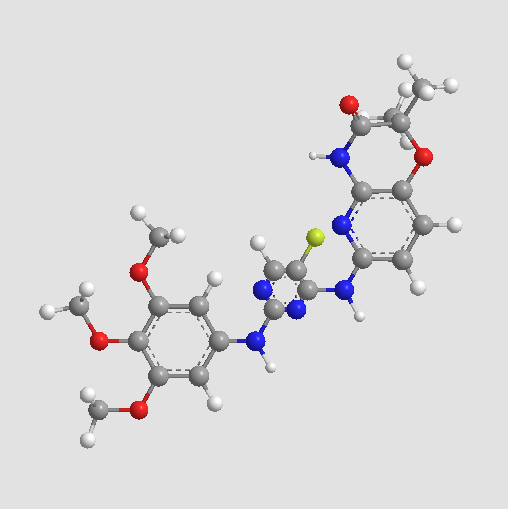 A5880 R406 (free base)Summary: Syk inhibitor
A5880 R406 (free base)Summary: Syk inhibitor -
 A8345 PF-562271 HClTarget: FAK|Pyk2Summary: FAK/Pyk2 inhibitor
A8345 PF-562271 HClTarget: FAK|Pyk2Summary: FAK/Pyk2 inhibitor -
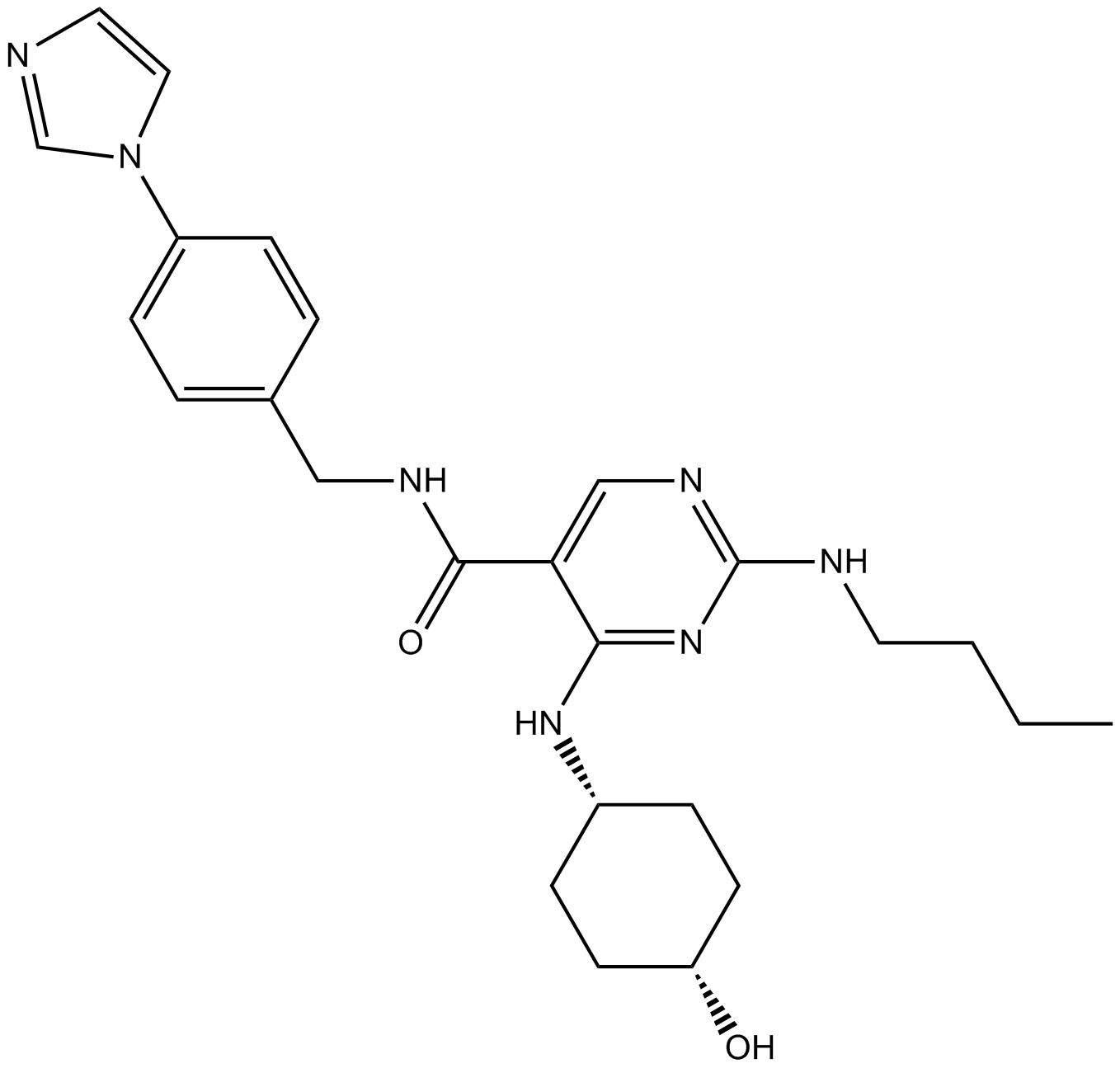 B4357 UNC2881Target: Mer tyrosine kinaseSummary: Mer tyrosine kinase inhibitor
B4357 UNC2881Target: Mer tyrosine kinaseSummary: Mer tyrosine kinase inhibitor -
 B4633 GNE0877Target: LRRK2Summary: Potent and selective LRRK2 inhibitor
B4633 GNE0877Target: LRRK2Summary: Potent and selective LRRK2 inhibitor

